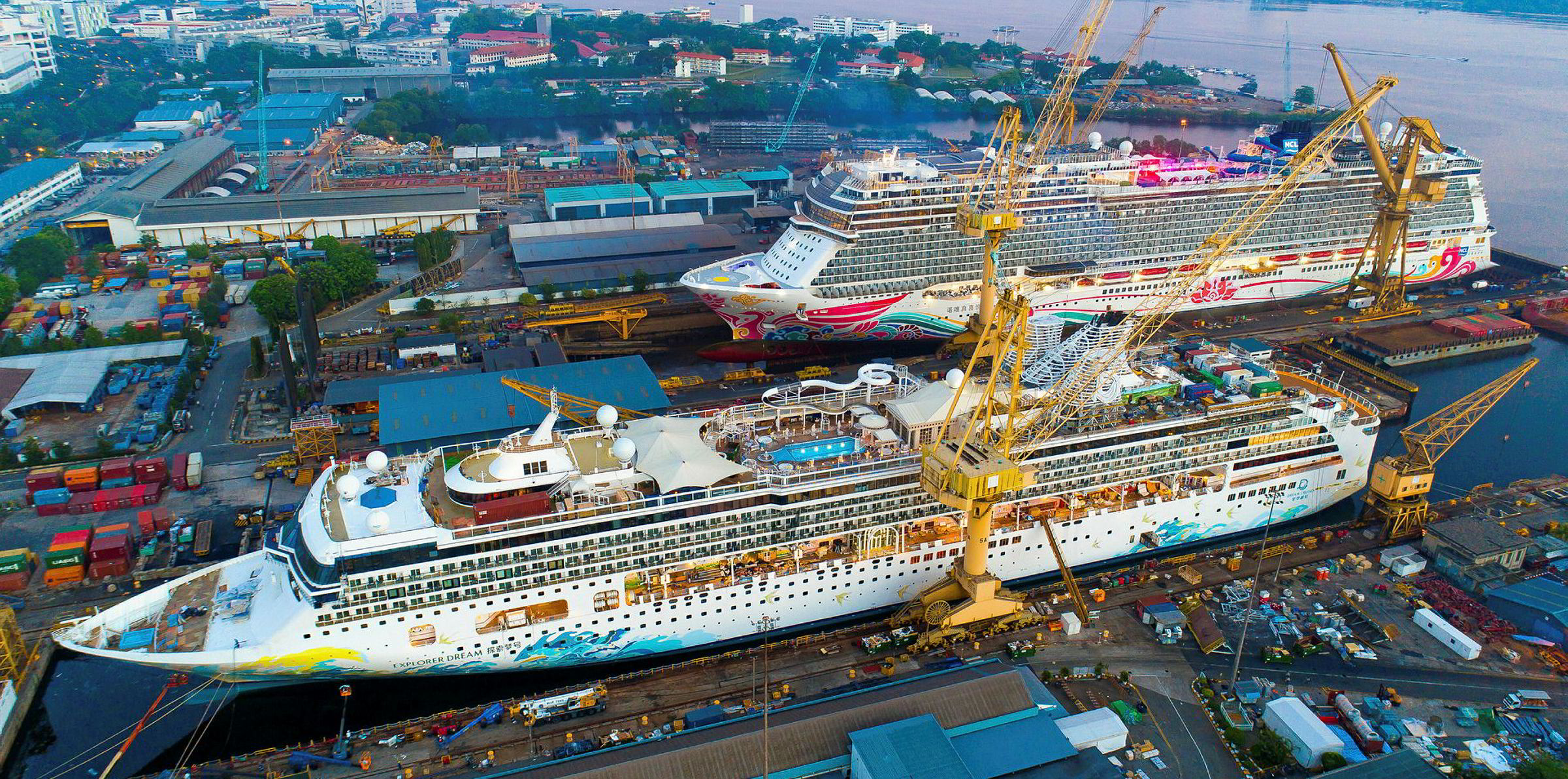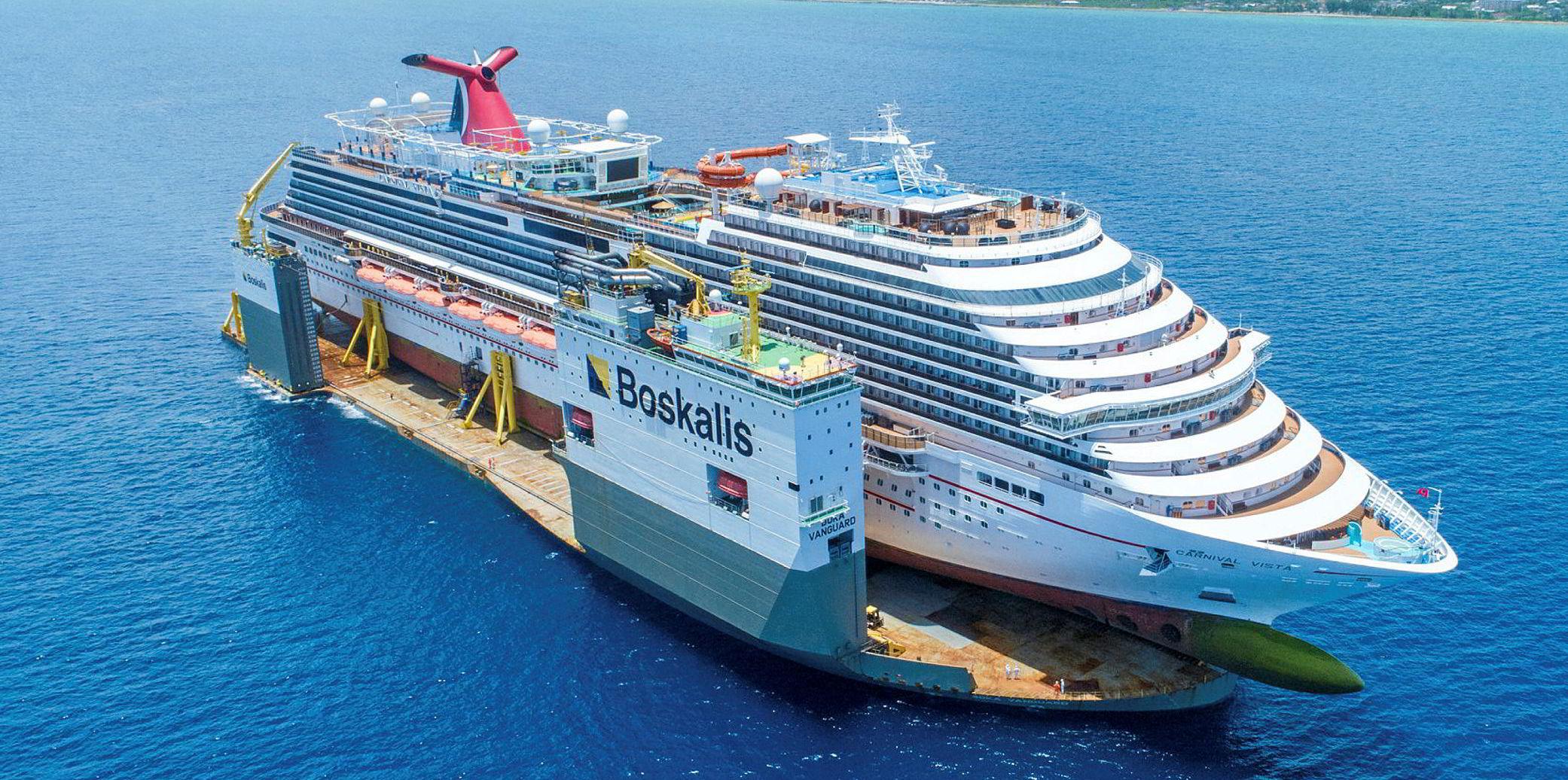Yards that specialise in refurbishing the world’s biggest cruiseships are working flat out to keep up with demand from operators keen to keep their vessels current.
This is not the usual biennial two-week dry-docking and freshening up. In many cases, these projects stretch across several months in which the interiors are almost stripped down to the bare steel and rebuilt anew.
The amounts being spent on some projects are staggering, especially considering some of the ships barely have been in service for a decade.
Refurb necessities
But in a high-stakes industry like cruise, where advances in technology and onboard facilities are moving so quickly that a 10-year-old ship may appear dated or obsolete, such refits are deemed necessary to allow older vessels to compete on price with the latest tonnage.
The cruise lines in effect get a virtually new ship, at least from the passengers’ perspective, but at a fraction of the cost of a newbuilding, and much more quickly.
Announcements by cruise line publicity departments detailing major refits lasting months are becoming ever more frequent.
This month, Royal Caribbean International announced that the second of its Oasis-class behemoths, the 225,000-gt Allure of the Seas (built 2010), will undergo a 58-day refit beginning next March that will cost $165m.
That amount gets the Allure of the Seas new toys, such as a 10-deck waterslide, robotic bartenders and a host of new places and spaces for old and young to play in.
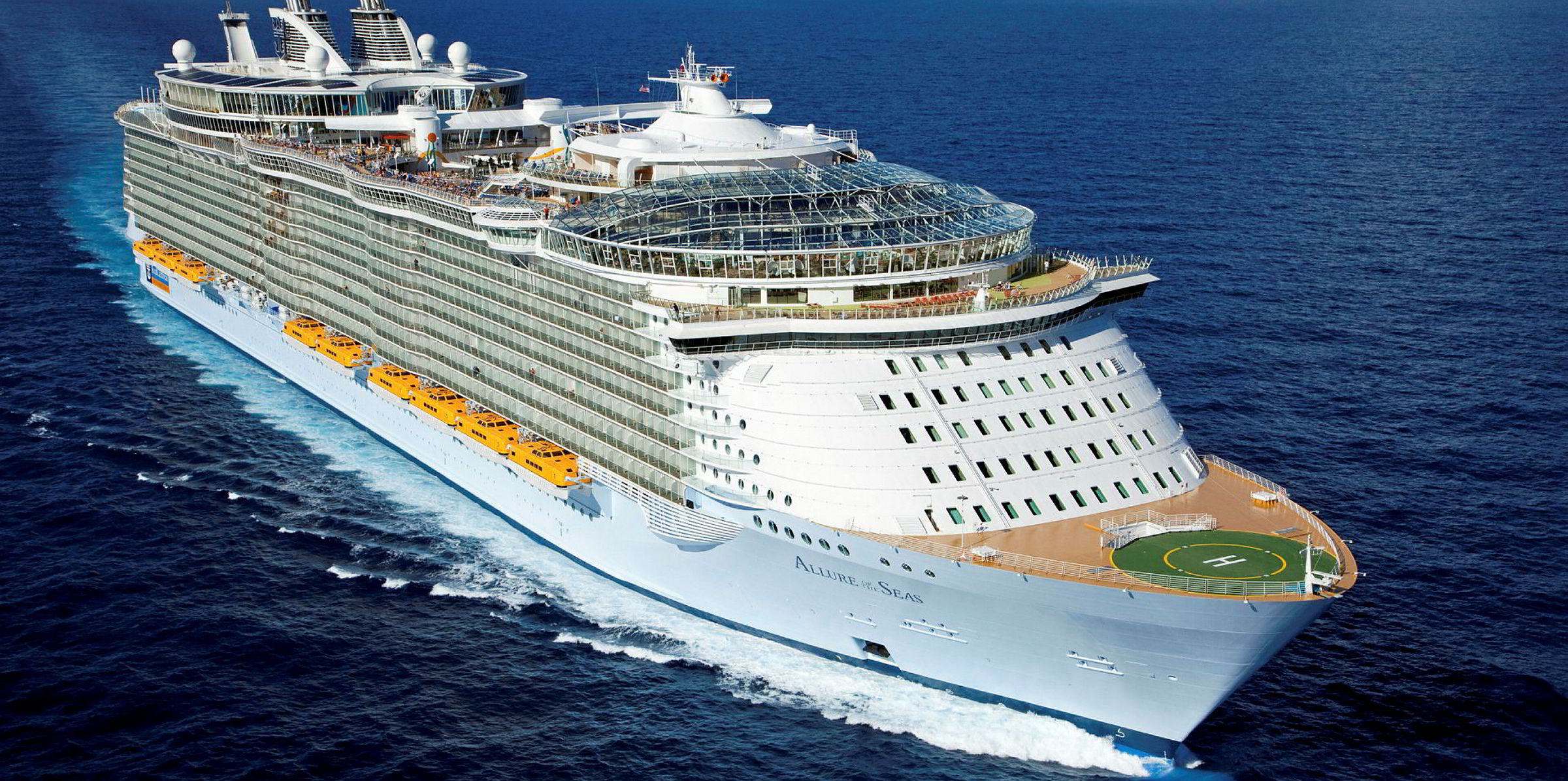
The refit is one of many the company, the flagship line of Royal Caribbean Cruises Ltd, is carrying out as part of its $1bn Royal Amplified project.
The Allure of the Seas’ identical sistership Oasis of the Seas (built 2009) will undergo a similar refit this November.
Older, smaller Royal Caribbean ships have already been put through extensive refits, and more will follow over the next two years. Even its 169,000-gt Quantum of the Seas (built 2014) — in service for a mere five years — will get a one-month makeover in Singapore early next year.
Carnival Cruise Line is spending a similar amount with its Fun Ship 2.0 upgrade programme. The entire fleet of the Carnival Corp flagship brand is being thoroughly refurbished, with some of its largest ships undergoing $200m refits that are so extensive, the company has elected to rename them so that passengers get the impression they are sailing on entirely new ships.
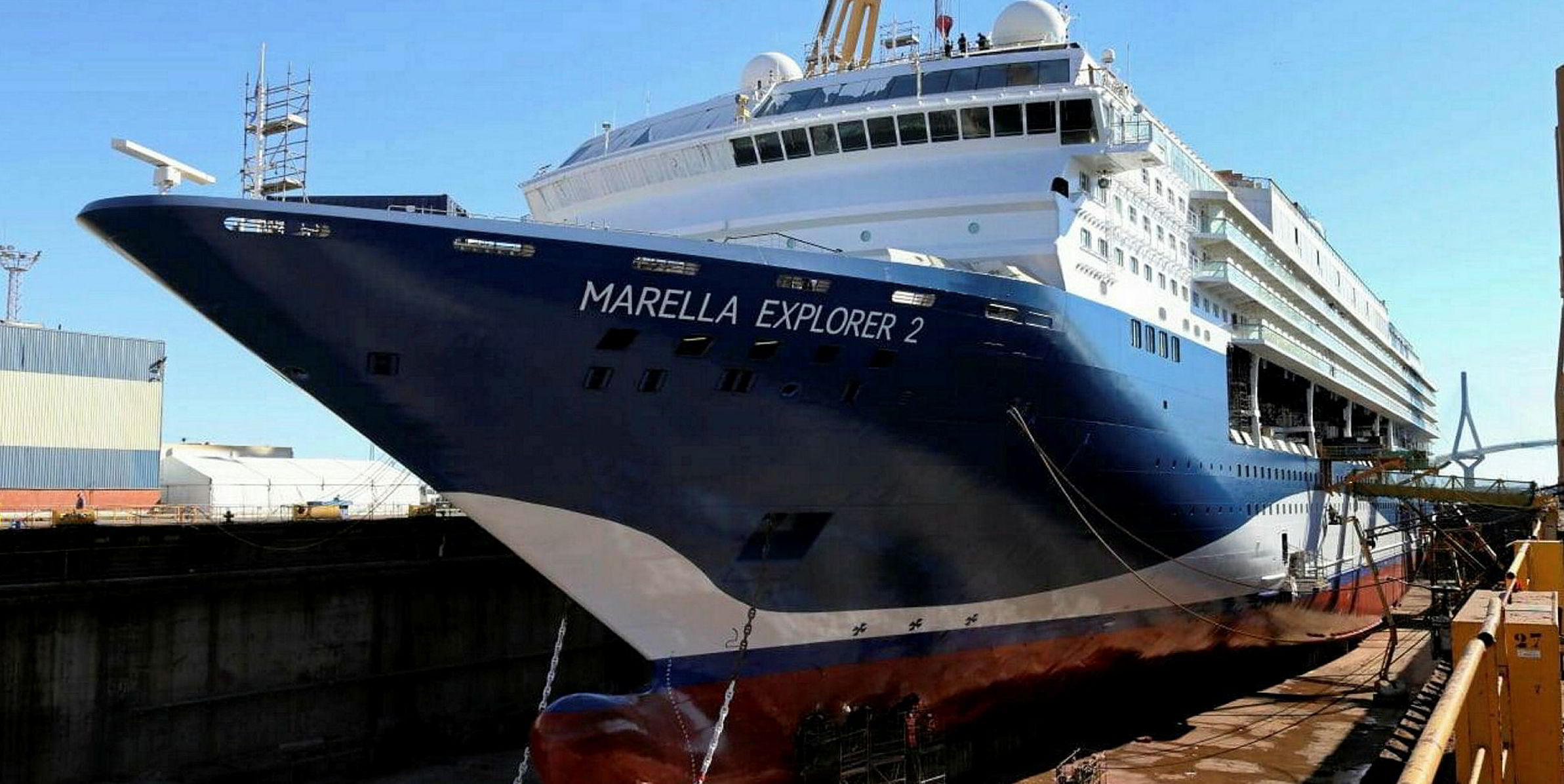
The 101,000-gt Carnival Victory (built 2000) will re-enter service as Carnival Radiance in April next year, after a 38-day dry-docking in Spain. Identical sistership Carnival Triumph (built 1999) completed a similar refit in April, emerging as Carnival Sunrise.
Ships belonging to other brands within the Royal Caribbean and Carnival Corp empires are also in the process of being extensively refurbished, as are many of the ships belonging to almost every other cruise company.
No less complicated but at the opposite end of the size spectrum, Windstar Cruises has budgeted $250m to lengthen and re-engine three 10,000-gt ships built between 1988 and 1992 and acquired from Seabourn in 2015.
Windstar process
The small, upscale operator of sail-assisted and conventional diesel-driven cruiseships will carry out the work on a rotating basis at Fincantieri’s Palermo shipyard between October 2019 and November next year. With a new 25.6-metre midships section added, each ship’s capacity will be increased from 212 to 312 passengers. The engines will be replaced by fuel-efficient units designed to run on ultra-low-sulphur bunkers.
Lengthening ships and installing new engines is commonplace in the cruise industry. It allows Windstar to expand its overall capacity substantially without buying or ordering more ships.
That the company has elected to do so with ships that are at the 30-year mark indicates a belief that they will remain strong contenders in the cruise trades for many more years.
Industry publication Cruise Industry News estimated in a recent report that $3bn is being spent updating the global cruise fleet.
Most of that money will go to the handful of shipyards that are capable of undertaking complex projects on the largest cruiseships.
These include Grand Bahama Shipyard in the Bahamas, Lloyd Werft and Blohm+Voss in Germany, Spain’s Navantia and Sembcorp Marine in Singapore.
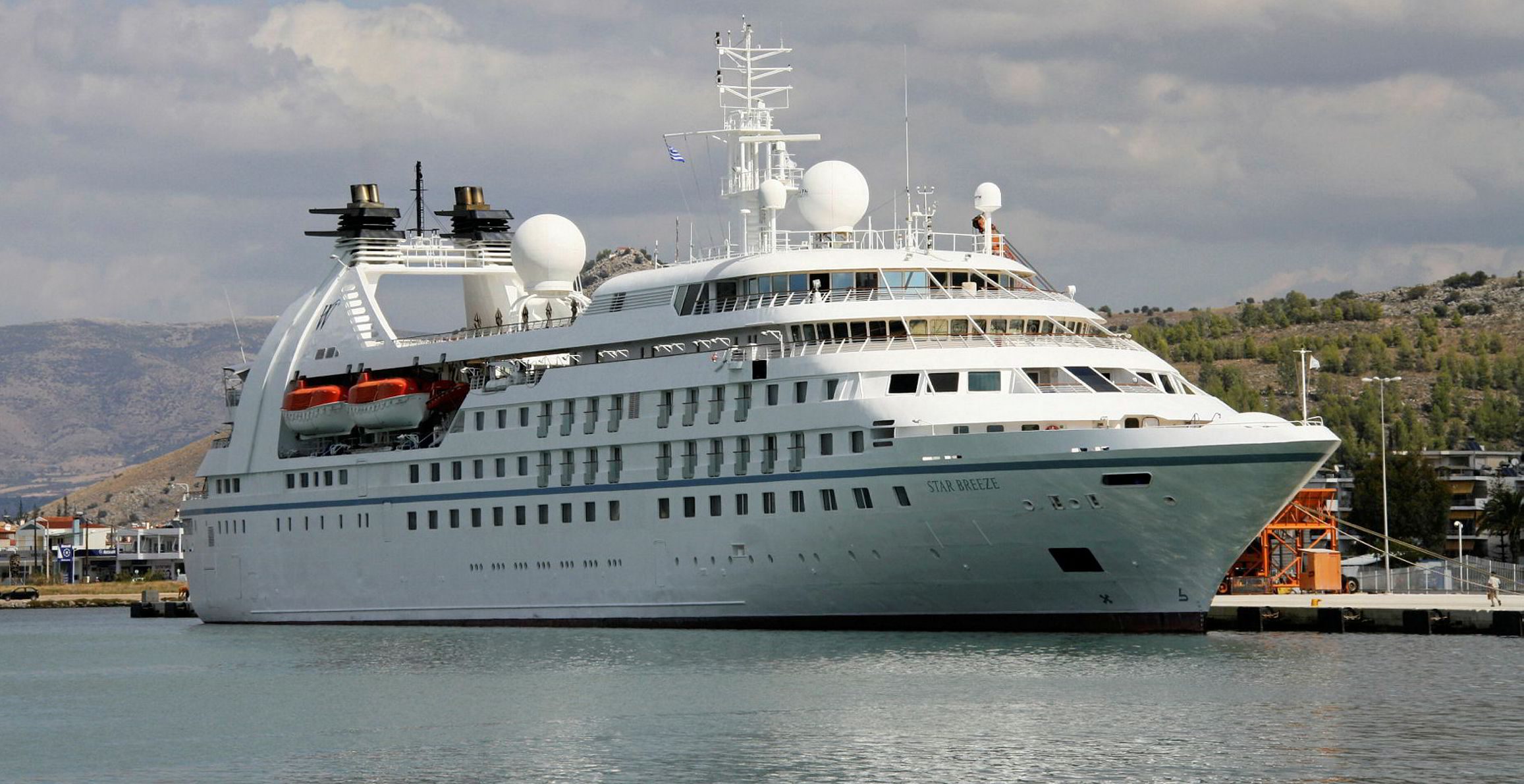
They are the only yards that have the facilities, manpower resources and technical know-how to carry out major refit work on cruiseships larger than 70,000 dwt, and they all have such projects booked well into 2021.
Carnival Cruise Line’s 134,000-gt Carnival Vista (built 2016) recently had to use a Boskalis heavylift ship as a floating dry dock when it required repairs to its Azipos propulsion system, due to the lack of available dry-dock space at Grand Bahama Shipyard.
A larger number of European shipyards whose main cruise-related business involves smaller ships are equally busy, although the value of the contracts tends to be lower, as the volume of work on smaller cruiseships is less.
Given that the average lifespan of a cruiseship stretches over 40 years, and more than half the fleet is sailing steadily into middle age, these yards are likely to be kept busy for a long time to come.
